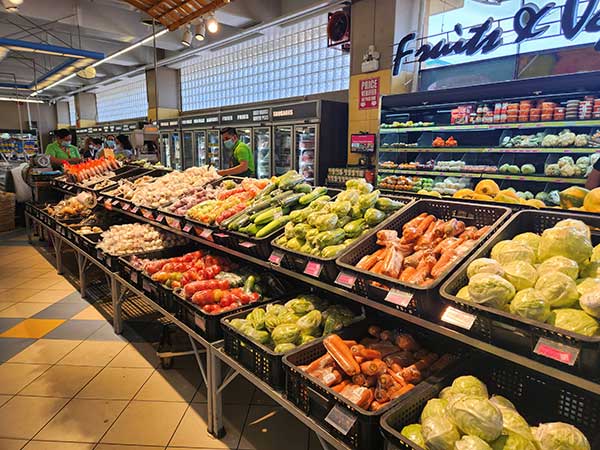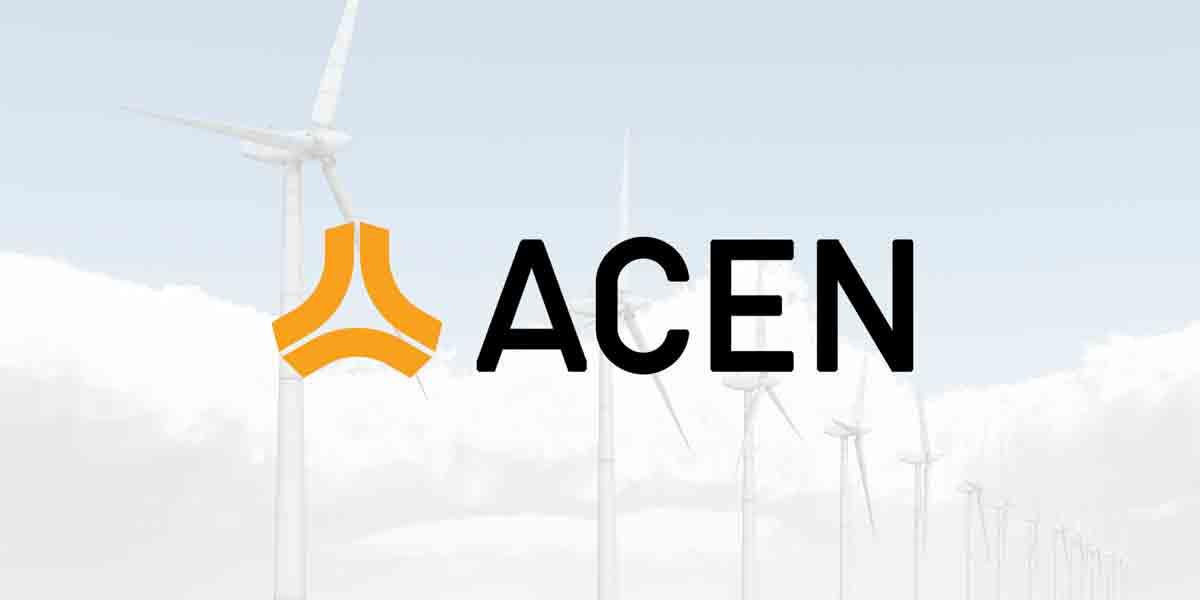
By Francis Allan L. Angelo
Iloilo and Iloilo City recorded sharp increases in headline inflation* in August 2024, bucking the national trend of a slowing inflation rate, based on the analysis of Iloilo-based think tank Institute for Contemporary Economics (ICE).
Citing data from the Philippine Statistics Authority (PSA), while the national inflation rate eased to 3.3%, inflation in Iloilo province jumped to 5.6%, and Iloilo City saw an increase to 3.7%.
These figures marked significant month-on-month increases from July 2024, which saw inflation at 4.5% for Iloilo and 3.7% for Iloilo City.
The spike in inflation in Iloilo is attributed primarily to rising food and electricity costs.
Food prices, which had previously shown signs of stabilization, surged once again, with staples such as flour, bread, meat, fish, fruits, and vegetables driving the price hikes.
Although rice prices remained steady, the food inflation index reflected a widening gap between the province and the city, a concerning trend for rural households.
Headline inflation rate refers to the total inflation within an economy, including all items, such as food, energy, and other commodities. It is a measure of the overall increase in consumer prices, and it is calculated by comparing the current prices of goods and services with their prices from a previous period, often a year ago.
Headline inflation provides a broad view of price movements, capturing both short-term and long-term trends, which can be influenced by volatile sectors like food and fuel.
This contrasts with core inflation, which excludes items that can have large price swings due to external factors, like food and energy, to provide a clearer picture of underlying inflation trends.
POWER UP
As ICE has noted in a previous regional inflation analysis, electricity prices have also become a major contributor to the inflationary spike.
Electricity costs in the province of Iloilo were 17.6% higher in August 2024 compared to the same period in 2023, while Iloilo City saw a 6.7% increase.
ICE had warned of potential rises in power generation costs, citing regional energy price hikes earlier this month. These increases are expected to persist through September before tapering off towards the end of the year.
The situation in other parts of Western Visayas was somewhat mixed.
While Bacolod City and several other provinces saw inflation rates that exceeded the national average, they experienced some deceleration. Bacolod, for instance, posted a lower inflation rate of 4.3%, down from 5.3% in July.
Based on latest data from power distributors, Guimaras Electric Cooperative (GUIMELCO) topped the list of distribution utilities with the highest residential electricity rates in Panay Island for August 2024.
Residential consumers in Guimaras, served by GUIMELCO, faced a rate of ₱17.6750 per kWh, making it the most expensive in the region.
On the other end, Iloilo Electric Cooperative (ILECO) III, which serves parts of Iloilo province, recorded the lowest rate at ₱11.8432 per kWh, providing some relief to its consumers compared to other areas.
In other parts of Panay, the following residential rates were noted:
- MORE Power, the utility for Iloilo City, maintained a competitive rate of ₱12.6668 per kWh, positioning itself among the lowest on the island.
- ILECO I charged ₱16.3159 per kWh, while ILECO II billed ₱14.4994 per kWh for its customers.
- CAPELCO, which serves Capiz, posted a rate of ₱15.3239 per kWh.
- AKELCO, covering Aklan, offered a rate of ₱15.1742 per kWh, slightly lower than CAPELCO.
- ANTECO, the provider for Antique, set a rate of ₱15.4010 per kWh, closely trailing behind Aklan.
PRESSURES
Local business owners and residents in Iloilo expressed growing concerns over the sustained inflationary pressures.
“It’s becoming increasingly difficult to manage our daily operations,” said Maria Galo, owner of a small bakery in Jaro. “The rising prices of flour and sugar are cutting into our profits, and we’re finding it harder to maintain our usual prices. We’ve had no choice but to pass some of the costs onto our customers, but that also means people are buying less.”
The impact of electricity price hikes has also been felt across different industries. “Our monthly electric bill has increased by nearly 20%, and that’s a huge burden on our business,” said Alvin Santos, an eatery owner in Pavia, Iloilo.
“We’ve been trying to reduce energy consumption, but there’s only so much you can do without compromising the customer experience. It’s frustrating because we can’t keep raising prices without losing customers.”
Ordinary consumers, particularly in rural areas, are also bearing the brunt of the rising costs. Ana Villanueva, a resident of Pototan, shared how food inflation has strained her household’s budget. “It’s hard for us to afford fresh fruits and vegetables now,” she said. “We used to buy fish twice a week, but now it’s down to once because prices are just too high. Even basic items like bread have become more expensive. We’re cutting back on a lot of things just to make ends meet.”
Despite steady rice prices, the rise in the cost of other staple goods has led to food insecurity concerns in rural areas. “For families like mine, who don’t earn a lot, the price hikes on everyday items are overwhelming,” said Roberto Pineda, a tricycle driver in Oton. “I’m already thinking of taking on extra jobs to cover our household expenses. We’re just trying to survive.”
Year-on-year headline inflation fell to 3.3 percent in August from 4.4 percent in July. This is within the BSP’s forecast range of 3.2 – 4.0 percent for the month. The resulting year-to-date average of 3.6 percent is within the Government’s inflation target range of 3.0 percent ± 1.0 percentage point for the year. On a month-on-month seasonally adjusted basis, headline inflation declined to -0.1 percent in August from 0.6 percent in the previous month. Meanwhile, core inflation eased further to 2.6 percent in August from 2.9 percent in July.
Headline inflation slowed mainly because of lower food and non-food inflation as well as negative base effects. Rice inflation decelerated markedly on the back of continued import arrivals levied with lower tariffs. Meanwhile, downward adjustments in domestic petroleum prices drove the decline in transport inflation.
The inflation outturn is consistent with the BSP’s latest assessment that inflation will begin to revert to the target range after the temporary uptick in July. Going forward, the BSP will continue to ensure that monetary policy settings are appropriate to maintain price stability conducive to balanced and sustainable economic growth.





















